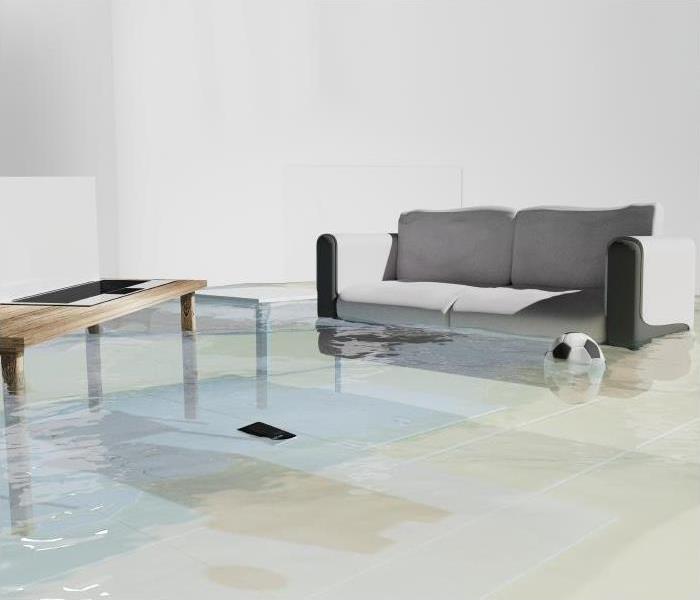Got Excess Moisture After A Flood In Your Harvard Home? Our Team Can Make It “Like it never even happened.”
11/25/2018 (Permalink)
Dealing With Moisture After Flood Damage In Harvard
Flooding is not an everyday event, but when it happens, it can cause severe loss. What can make a difference are the response measures taken after such an incident affects your Harvard property. There is a need to secure the structure and its contents to halt further damages. Removal of contaminants introduced to the structure is also essential as well as moisture control. The need to finish those steps within a reasonable period is also crucial because the longer it takes, the higher the likelihood of further complications arising. As IICRC certified restoration service, we can help you tackle the situation better.
Before starting the restoration of flood damage in Harvard, it is necessary to evaluate the percentage of the structure ruined. Water has varying effects on contents and different parts of the structure. Issues like water spots, swelling, and color bleeding effect upholstery items. In wooden furniture and parts of the structure, problems like warping weak joints, and general loss of structural strength in particle boards. Using moisture sensors and meters, our SERVPRO technicians can accurately tell the extent of the damage.
Saving items, both affected and unaffected, is vital when dealing with flood damage. Various actions can help achieve this objective. Performing a flood-cut two feet above the waterline helps stop moisture migration on walls through absorption. Removing the carpet and other floor coverings help quicken drying of wooden floors, preventing problems such as buckling and warping. Our SERVPRO crew also moves items from affected areas.
A flood-damaged structure requires thorough drying after cleanup to prevent additional problems like mold growth. Several factors including temperature, humidity, amount of water to be evaporated, and air movement affect the drying process. We focus on thorough water extraction before starting other drying procedures to increase effectiveness. One truck-mounted extractor can remove 36,000 gallons per day compared to a dehumidifier, which only manages 30 gallons per day. The ideal temperatures for drying are between 70° and 80°, so if heating is not available in the house, our SERVPRO technicians use portable heaters.
Excess moisture in a flooded property can cause significant problems. SERVPRO of Fitchburg-Leominster can help you take corrective measures. You can reach us at (978) 537-1500 any time.
Click here for more about Harvard.






 24/7 Emergency Service
24/7 Emergency Service
